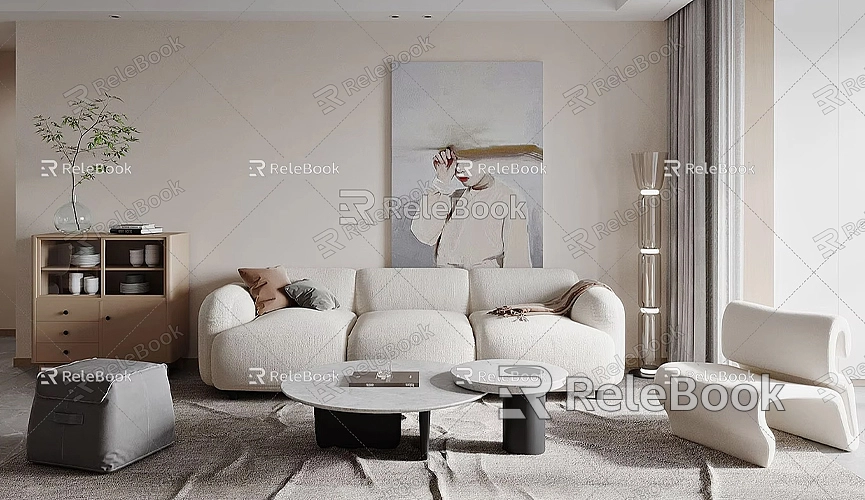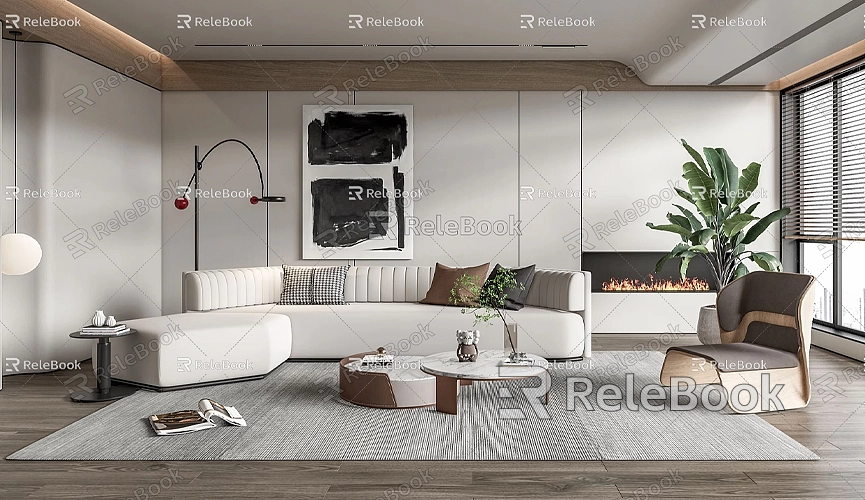How to Get a Model in SketchUp
SketchUp is a powerful 3D modeling tool widely used in fields like architecture, interior design, and landscape design. Whether you’re creating a simple piece of furniture or designing a complex architectural structure, the ability to find and import existing models is a key step in improving work efficiency. This article will explore how to effectively get models in SketchUp, including using the 3D Warehouse, third-party websites, creating custom models, and importing models from other formats.
Explore the 3D Warehouse
The 3D Warehouse is SketchUp’s built-in online resource library that provides a vast collection of free 3D models. It is the preferred platform for obtaining models. Users can quickly find the models they need using the search function. By entering relevant keywords such as "table," "chair," or "building," you can access numerous related models. Each model comes with detailed information, including images, dimensions, and user ratings, which can help you make an informed choice.

When selecting models, be sure to check their details and construction quality. Some models may be overly complex, affecting SketchUp’s performance. Therefore, choosing appropriate models can improve workflow and ensure a smooth design process. Once you've identified the desired model, you can download it directly and import it into your current project.
Utilize External Websites
In addition to the 3D Warehouse, many external websites offer 3D models compatible with SketchUp. These sites typically provide a broader selection, including professional architectural models and specialized design elements. Here are some recommended platforms:
- TurboSquid: This marketplace offers high-quality 3D models, with many professional options available. Users can filter to find both free and paid choices based on their needs.
- CGTrader: CGTrader has a large collection of both free and paid models, especially in the fields of architecture and interior design. Users can filter by format and price.
- Free3D: Focused on providing free 3D models, Free3D offers a variety of models suitable for different project needs. Make sure to confirm that the model’s file format is compatible with SketchUp before downloading.
When using external resources, always pay attention to the model’s usage license. Some models may have specific usage restrictions, so it’s best to understand the related terms before downloading.

Create Custom Models
Sometimes, you may not find the ideal model in existing resources. In this case, consider creating your own model. SketchUp provides intuitive modeling tools that make it easy to create custom models. You can start with basic geometric shapes (like rectangles or circles) and use tools like push/pull and scaling to modify them until you achieve the desired effect.
Using the component feature is another great way to improve modeling efficiency. For elements that you use frequently (like windows or doors), you can create them as components. This way, when you modify one instance, all copies automatically update, saving you a lot of repetitive work. Additionally, SketchUp has a rich ecosystem of plugins, many of which can help users quickly create complex geometries or optimize their models.
Import Models from Other Formats
If you have models created in other software (like AutoCAD or Rhino), you can also import them into SketchUp. Make sure the model you want to import is in a supported format, such as DWG, DXF, or 3DS. In SketchUp, go to the “File” menu and select “Import,” then locate the corresponding file and adjust the import settings to ensure that the model’s scale and units match those of SketchUp.
After importing, you may need to make some adjustments to ensure that the model fits properly within your current project. At this stage, you can use SketchUp’s editing tools to make necessary modifications to ensure that the model’s functionality and appearance meet design requirements.
Organize and Optimize the Model
After acquiring the model, organization and optimization are important next steps. Properly organizing the model’s hierarchy can enhance efficiency in subsequent operations. For example, placing similar types of elements in the same layer can make management and modification easier. Throughout the design process, ensure that the model’s details and construction methods align with project requirements to avoid unnecessary complications later on.
Furthermore, using the layer management feature allows users to switch between different views and control the model's visibility more flexibly. This method is especially important for large projects, as they may contain numerous model elements, and effective layer management can significantly improve work efficiency.
There are various ways to get models in SketchUp, from the 3D Warehouse and external resource websites to creating custom models and importing other formats. Mastering these methods can enhance design efficiency and increase creativity and versatility in your projects. We hope this article helps you find and use models in SketchUp effectively, adding more creativity and inspiration to your work. Whether in architectural design, interior layout, or other fields, mastering these techniques will greatly enhance your productivity.

